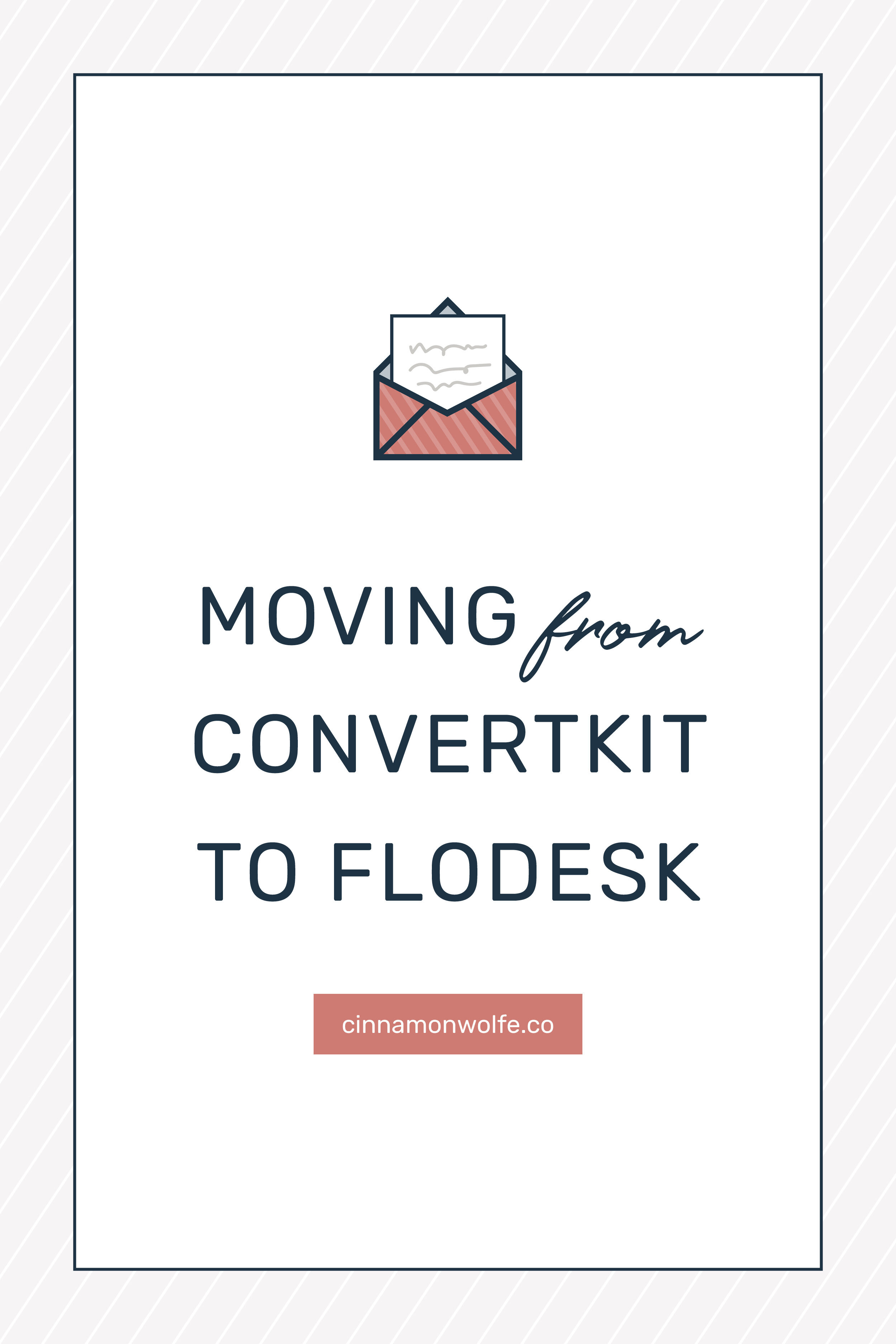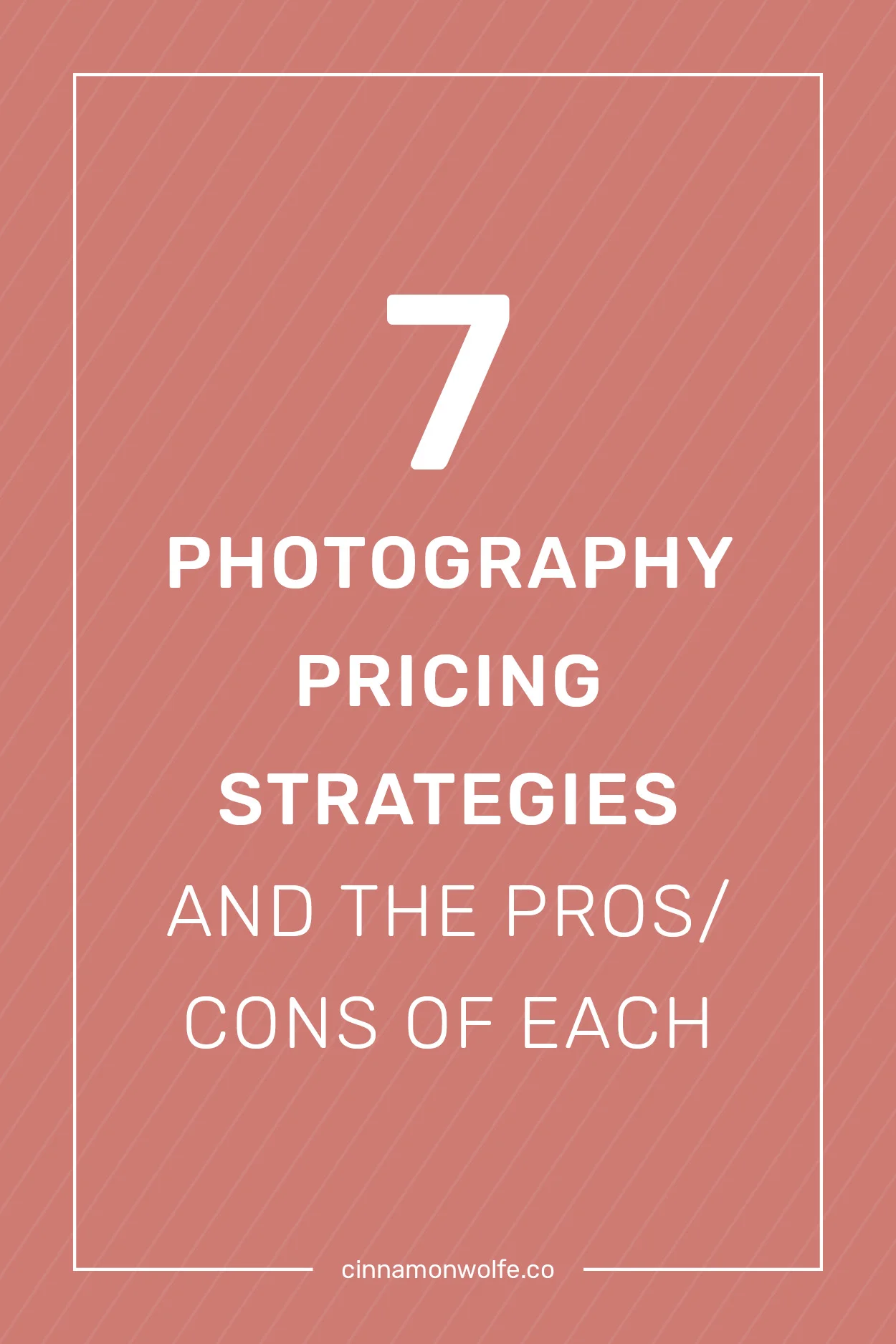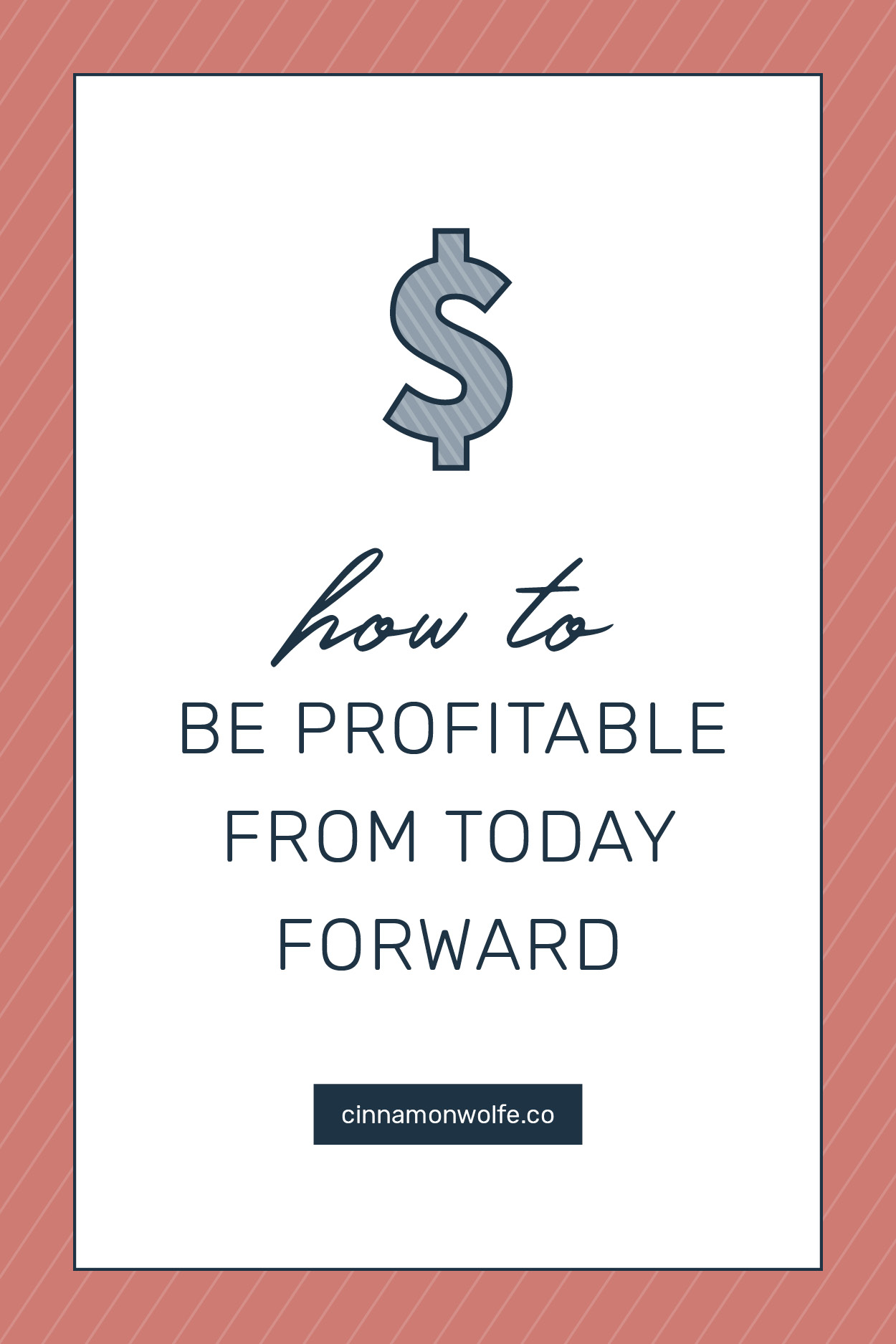7 photography pricing strategies & the pros/cons of each
“How do I price myself???” is one of the most asked questions when it comes to starting and running your photography business. There is just SO MUCH uncertainty and so many factors that come in to play when it comes to saying, “this is how much my services cost for ______”.
It used to be so much more simple. You paid for a photography session and then you paid for prints. Easy peasy. But with the advent of the digital camera everything changed. It became so much easier for pretty much anyone to “become a photographer” and now you had the addition of digital images into the mix.
It all got so much more complex.
But it doesn’t have to be crazy complex or stressful to figure out what you are going to provide and how much you are going to charge for those services or products. Sometimes it just take a little bit of math (I know...GROAN) in partnership with deciding what system works BEST for the type of business you want to run in order to reach the income goals you have set for yourself.
To help save you some (hopefully a LOT) of time, I’ve compiled a list of the 7 most popular pricing strategies that I have seen being used out there. Some I like, some I’m not a huge fan of, some I’ve done myself and some I haven’t. But overall, this is a breakdown of how they work and what kinds of situations they work best (or not) in.
1 | All inclusive
Pricing yourself as all inclusive basically means including all of the digital images in your session/package price.
So it would look something like, $350 for a portrait session which includes the session itself and all of the final digital images that you decide to include in the gallery.
Or a wedding package for say, $4500 that includes hours on the wedding day plus all of the final digital images.
So in essence you aren’t charging a separate price for the session and you are simply including all of the digital files from the session or wedding and not charging for them separately.
Pros:
It’s easy! People seem to understand how this system works because so many photographers use this type of packaging/pricing.
It frees you to include as many digital images as you want in the final gallery without feeling like you need to remove some from the gallery
Works very well for wedding packages as most clients tend to want all of the digital images from their wedding day
You don’t have to spend any time or effort on dealing with printed products
Cons:
For portrait sessions you can be potentially limiting the amount of money that you make per session, you aren’t offering printed products so you are leaving your clients to do that on their own, spending that money elsewhere
You run the risk of your clients never printing their photos because they don’t have the time or knowledge on how to get quality printed products
You may not get any good feedback from clients on if they liked/didn’t like their photos because once you send the gallery, your interaction with them potentially stops right there
There does tend to be a max on per session price due to inability to differentiate the service. Clients will rarely pay upwards of $600 for an all inclusive portrait session because of the availability of the same service for a lower price. So if you do like to shoot a LOT, this could be a good strategy for you, or if you are looking for a lower overall income level.
2 | Limited or no digitals up front
This would be a situation where you only include a set number of digital images in a package and then clients would pay to get additional images included, OR you would have a session fee separate and then the client could pay for packages of digitals “package of 5, package of 10 etc…”
Pros
Tends to give you more opportunity to upsell or encourage clients to buy more images once they see the gallery and decide they want all of them et...
Cons
Can be difficult to get clients to make a decision. Might have to do a lot of following up to find out what client wants to buy.
Client may feel pressure to restrain themselves and not buy images that they love because it pushes them out of the package that they purchased
Can be difficult to figure out a per digital price that aligns with package pricing.
3 | Mini Sessions
If you aren’t familiar with the mini session model, it's basically when you offer to do a lot of sessions in a much shorter time period (maybe 10-20 minutes per session) all at a pre arranged date and location. This takes the hassle of scheduling full sessions and is kind of like “batch” photographing. Because it all takes place on a predetermined time and place the cost is usually much lower, but you can do a LOT all at one time.
Some photographers just offer a few images included in the mini session price, some offer sales, some offer all inclusive. A lot of people only offer mini sessions a few times a year, some offer them all the time, it’s kind of all over the place with the options you can incorporate!
Pros
Might allow you to book/get in front of larger client base due to the lower price barrier
Allows you to handle a large number of inquiries/sessions on your terms (location/time etc…)
Cons
Could create a precedent where clients are always expecting a “mini” session option
Lower price/cost could increase the number of no-shows and/or clients might expect the same level of service (reschedules etc…) and/or not understand how the mini sessions work
Can end up being a LOT of work for not a lot of $$$
4 | In person sales
In person sales is a model that involves “selling” either prints or digitals or both after the session takes place. Normally this involves a “sitting” or “session fee” and then after the images are ready, they are presented IN PERSON to the client and selections for purchases are made at that moment.
Pros
The opportunity to increase the amount purchased per session exponentially increases as clients are buying what they want during the sales session and not getting lower quality prints on their own.
You have an opportunity to receive real time feedback from your clients as you go through their final images with them which in turn often leads to better and better work in the future
You can see the clients reaction to your photos and their memories
You will make more money per session/good strategy if you want to shoot less and make more
You have the ability to differentiate yourself through service
Cons
Harder to find clients who value prints and are willing to pay more for those prints in order to guarantee the quality and service you will provide
Can involve more time on the back end arranging sales meetings and print delivery
You will have to deal with navigating the “I just want the digitals” conversation
Product pricing can be tricky in order to ensure and maintain profitability
Mindset changes need to occur in order to understand the sales process. You are helping the client get something that they want, not selling them something they don’t want.
5 | Digital + Prints
Some people go in between and do a combination of digital and physical products. Sometimes this could include buying credits at the front end and then clients can use those credits to purchase prints or digitals. Sometimes it involves a create your own collection type of package where clients meet certain thresholds in order to get incentivized pricing or digitals. It could include various packages that include combinations of print options and digital images.
Pros
Probably one of the most flexible out of all the strategies because you are offering more options for clients to choose from to get exactly what they want
Feels more doable for photographers who are hesitant about moving towards selling physical products
Can be very successful for wedding photography
Cons
Determining appropriate pricing/packages can be tricky especially if you are focused more on clients choosing prints instead of digitals (digitals can seem to be priced too high)
6 | Prints only, no digitals available for purchase
Probably one of the most controversial type of methods but can also be extremely lucrative if done correctly. Not offering any options for purchase of digital images is rare, but I have seen it done and done well. Your positioning, branding and messaging has to extremely clear from the get go and you have to feel very comfortable with people saying no to what you offer. But if you specialize in providing your clients with custom printed products you can absolutely differentiate yourself though your price and offerings. All of this sums up the pros and cons for this one!
7 | Print sales through online gallery
This strategy can be a kind of add on to some of the above...simply offering print sales through your online gallery of digital images that you have provided. So the clients have access to all of their digital images but instead of ordering through a place like Walgreens or Costco, they can order their prints right through their online gallery.
Pros
Easy for the client to get higher quality prints
Photographer has the ability to earn a little extra money off prints without having to deal with sales sessions etc…
Cons
Price you charge for prints offered through your gallery is somewhat limited
Clients will take forever to make selections leaving you with the job of following up and or dealing with galleries closing and having to re-open them
Difficult to plan income based on “hoping” clients choose to order some prints
Ok! Whew! That was a lot. I hope this round up of some of the most popular strategies that photographers incorporate will help you determine what is right for your business. What questions do you have about any of the above methods?











